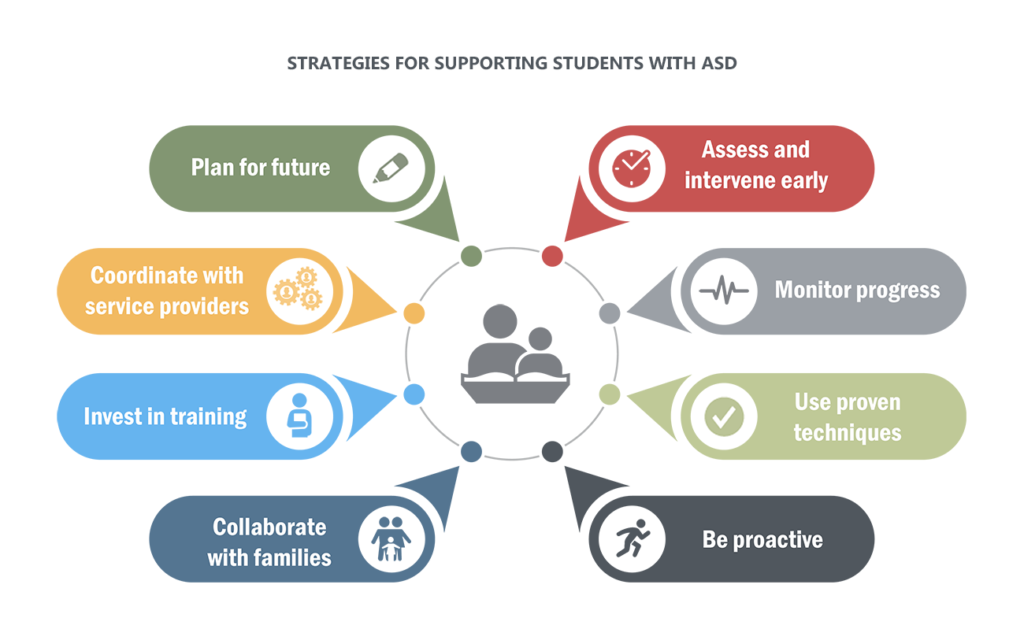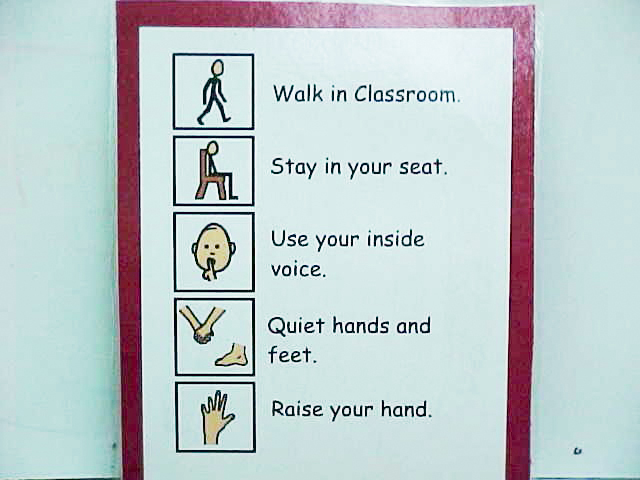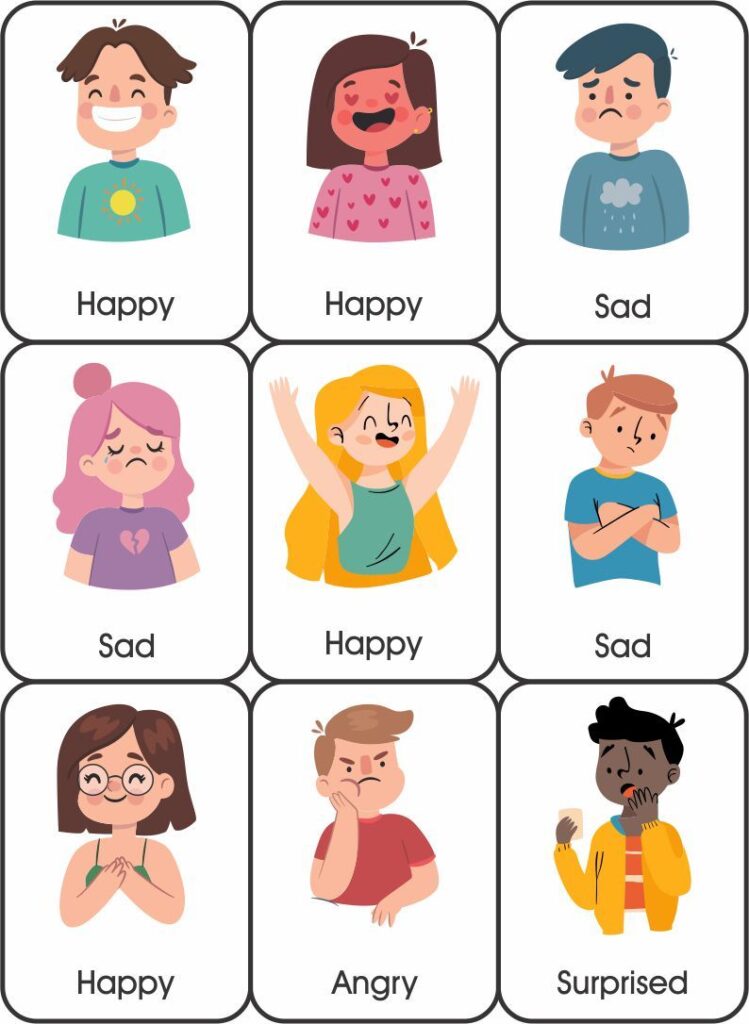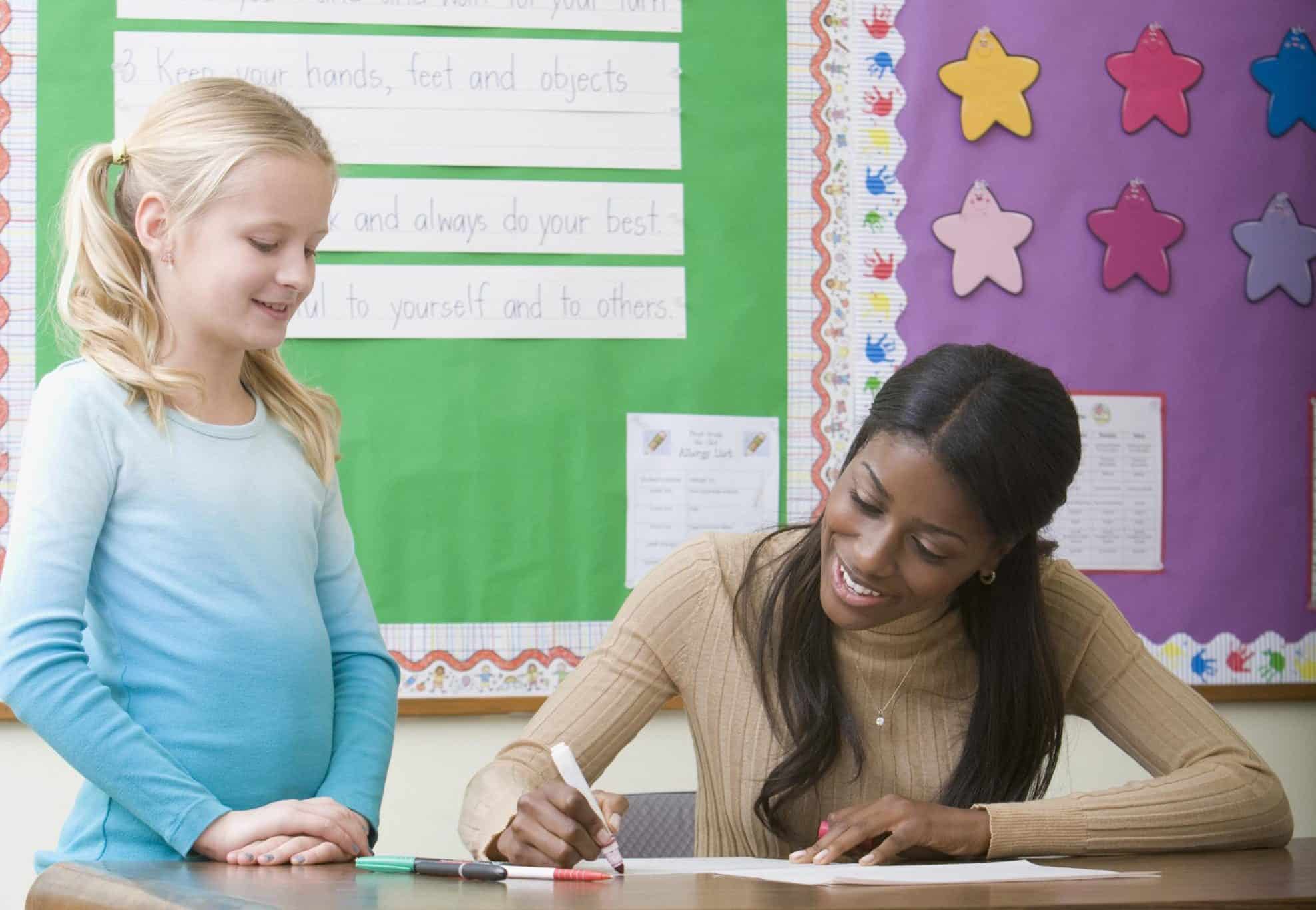A Quick Guide
Learning how to support and teach students with autism spectrum disorder ASD in the classroom is crucial because one in 59 students has been diagnosed with the condition. Teaching strategies for young students with ASD can help them improve their communication skills and learning techniques increasing the likelihood that they will eventually achieve their academic potential. And the more you understand ASD, the more you’ll be able to set up these students for success in the long run. In this article, we will discuss some effective teaching strategies for students with ASD.
Understanding Autism
Autism spectrum disorder (ASD) is a developmental disorder characterized by increased sensitivity to sights, sounds, and other sensory inputs. Three categories can be used to classify autistic symptoms:
- Problems with communication.
- Social problems.
- Repetitive actions are also referred to as “stimming” in the autistic community. Learn more about how Stimming Looks Like Across The Autism Spectrum: How To Manage It?
Here are some teaching strategies to use with your class to help students with ASD feel included while also addressing their symptoms and unique learning patterns.
Effective Teaching Strategies for Students with ASD
Even while ASD is not regarded as a learning disability. It can nevertheless provide obstacles to academic success since it affects a child’s ability to communicate, socialize, and other crucial areas of behavior and development. However, by employing successful teaching strategies for students with ASD, educators can overcome these difficulties.

Help with routines and transitions
The majority of autistic children react negatively to abrupt changes in routine and learn best in predictable environments. Therefore, it is best to keep to a predictable pattern when instructing autistic children wherever this is possible. Each student will be aware of what will happen next, allowing them to anticipate it and get ready.
If a timetable or routine must be changed, advance notice is preferred. Let’s take the scenario when a child has an appointment during a period that is usually designated for independent study in the classroom. A visual schedule could be utilized and given to the child, noting the change in routine, to better prepare the child and encourage learning. A social story could be provided to help the child get ready to support this further. A social story is a narrative that describes what will happen in a specific situation and what the established social norms are.
Make sure you are prepared to give any child who may become dysregulated extra support if a regular change occurs without much or any advance notice. For instance, you may give them access to their sensory tools, set aside some alone or quiet time, or both to help them cope with sudden changes.
Changes in the daily regimen may be challenging for some autistic children to handle on their own. A child with autism could become distressed if there is unlimited playtime in the classroom and then it is time to switch to circle time. Tools like a visible countdown and advanced warning should be employed to better enhance learning. To help some children shift their focus from one activity to another, transitional items like plush animals or sensory tools may be required.
Use Visual Cues
Most autistic children are visual learners, which means they absorb information better when it is presented visually rather than just verbally or in another way. Students with ASD may benefit from using visual cues as teaching strategies to help them learn, remember, and communicate. A picture, a drawing, a list, some keywords, etc. can all serve as visual cues. We’ll go over some particular examples of how to use visual signals with autistic kids below.
First-Then Cues

Children with autism frequently struggle to focus or participate in things they don’t like. These are referred to as unfavorable activities. A first-then cue can be used to encourage students and increase their chances of learning. Before starting a more enjoyable activity, this cue will feature a visual that corresponds to the task that must be finished first. A cue might, for instance, read First (image of writing), Then (picture of a preferred game). This kind of cueing aids in the learning of new abilities and helps autistic students work on following instructions.
Plan for Tasks or Routines in Visual Form
For children with autism, a graphic schedule can be used to highlight a routine or to break down the various components of a task. When teaching new skills to children with autism, a visual schedule might be beneficial because these kids frequently have trouble understanding multi-step instructions.
For instance, if a child is learning how to make a sandwich, a visual plan could contain the particular steps involved, such as gathering the necessary supplies, assembling the sandwich, and eating it. This visual plan might be highly detailed and include each step of arranging the components. Or it could be more general and list the overall steps, depending on the child’s needs.

To outline a regimen for a child with autism, visual schedules can also be used. This might be a daily routine that starts with getting the child out of bed, dressing them, having breakfast, etc., and continues through all of the child’s daily activities. Or a visual schedule might draw attention to a particular activity that a child has trouble with. For instance, getting dressed in pajamas at night or taking the bus in the morning. Regardless of the purpose for which a visual timetable is being used. It is crucial to practice it and maintain consistency no matter who is using it with the child. This will support learning and the transfer of skills.
Use special interests to teach new skills
Children with autism typically have unique tastes or interests. This might be a character from a movie or television show or sport. It might be beneficial to use this particular interest in some kids to help them learn other crucial abilities. A movie character that a kid particularly likes may be used to educate them on acceptable social skills. It would be easier to build trust and keep the child interested if the figure were utilized in storytelling to teach a range of social norms and skills.
Before using this kind of method, it’s crucial to get to know the kids you will be working with because it might be distracting to some. But in most circumstances, it can be a way to teach new skills.
Include sensory activities
Every person has varied sensory preferences, and autistic children are no exception. An occupational therapist can help with the assessment of these needs and the use of interventions for children with autism. Each child has individual sensitivities, avoidance tendencies, and seeking tendencies that lie on a spectrum of sensory processing. Additionally, there are probably specific sensory aids that assist in the regulation of each unique child.
It is crucial to be aware of these resources when working with autistic children and to help them incorporate moderating sensory activities into their daily schedules. Yet again, an occupational therapist will be familiar with this personally and can help with creating techniques and tools. Everyone involved in the child’s care must be aware of their sensory requirements.
Here are a few instances of sensory aids that an autistic child might use:
Scientific Slime Experiments
Slime is not only a well-liked kid’s craft but also a fantastic sensory activity for students with autism in the classroom. There are several straightforward slime recipes available online; find your favorite and enjoy making it with your students. If you’d like, you could use this as a scientific project for students in elementary school or as a tactile art activity.
Fidget Toys
Children with autism and other sensory processing issues can benefit from the usage of fidget toys to help them focus and remain calm. You can either buy a few fidget toys for your classroom or build your own, depending on what you have available.
Auditory Sensory Play
Visual or textual activities are typically the first to spring to mind when the word “sensory play” is used. However, integrating sound-related activities is suggested, and here are a few options to get you started:
- Musical chairs.
- White noise generator.
- Simon Says.
- Headphones with noise cancellation.
- Drums, rainsticks, and other rhythm instruments.
Sensory Bin
There are two uses for sensory bins. First, they promote independent play or differentiated instruction, both of which can help children’s academic performance. Additionally, they provide students with autism with a simple and approachable sensory experience.
Utilizing incentives and rewards (Applied Behavior Analysis)
Applied behavior analysis ABA is a type of therapy intended to assist children with ASD in controlling or reducing problematic behaviors, such as those that cause self-harm or disrupt other children, and reinforcing good behavior through rewards and incentives.
Only people who fulfill specific educational and professional qualifications are eligible to work as ABA therapists. However, all educators can apply ABA’s fundamental principles, like positive reinforcement in the classroom (or online classroom).
Assist social skills training
A common area where autistic children struggle is social skills. The most challenging social norms are frequently those that are “unwritten,” in particular. No matter what subject or skill is being taught, social skill practice is essential for kids with autism. We’ll look at some strategies for fostering social skills in autistic kids below.
Encourage the development of “everyday” social skills including greeting people, grabbing the teacher’s attention in class by raising a hand, saying “thank you,” requesting permission to use resources, etc. To further encourage learning, provide opportunities for these kinds of abilities to be practiced, and always act as an example of these kinds of skills.
Encourage research on “unwritten” societal norms. Some “unwritten” social rules may need to be explicitly studied or investigated by a teacher of children with autism. These cover topics like making eye contact during the discussion, sharing the spotlight with others, detecting sarcasm, understanding others’ perspectives, etc. These abilities typically do not come readily to a child with autism. Thus it is advantageous to learn about them via a variety of techniques. Role-playing, video modeling, video analysis, social stories, and other techniques may be used.
Learn More About Autism Spectrum Disorder ASD And Social Skills
Emotion Cards
These cards can assist kids with autism in learning how to identify various emotions in both themselves and others. Use scissors to cut out each one, then mix them up in a deck. After that, go through each card to see if your child can identify the emotion from the word alone.

Simply show them the word and explain the meaning of the emotion if they get puzzled. For instance, if the word on the card is “ashamed,” you may say, “When a person is ashamed, they may feel that they’ve done something dumb.
Sharing Time
Sharing time is a custom in elementary schools. And it may be a fantastic social-emotional learning exercise for children with autism. Have one student in your class bring something to share with the class each week. Students with autism will learn how to exercise active listening and how to talk about their interests with others. They might even make a friend if they are captivated by something another child brings to class.
Watch: [Adapting teaching strategies for students with ASD]
Outlook
Like everyone else, children with autism have diverse learning styles and distinctive methods of processing information. Understanding these demands for each child as well as the general learning requirements of autistic children is crucial.
We hope you found this article helpful in learning more about some effective teaching strategies for students with ASD.



 Meditation and ADHD: Does it work & How to get started?
Meditation and ADHD: Does it work & How to get started?  Weaponized incompetence: what it is and how to detect it
Weaponized incompetence: what it is and how to detect it  ADHD & Insomnia: What You Need To Know
ADHD & Insomnia: What You Need To Know  The Hidden Struggles of Undiagnosed ADHD in Adults
The Hidden Struggles of Undiagnosed ADHD in Adults  Amnesia: Understanding Its Causes, Types, & Treatment
Amnesia: Understanding Its Causes, Types, & Treatment  Understanding Echolalia in ADHD: Causes, Symptoms, & Strategies for Support
Understanding Echolalia in ADHD: Causes, Symptoms, & Strategies for Support